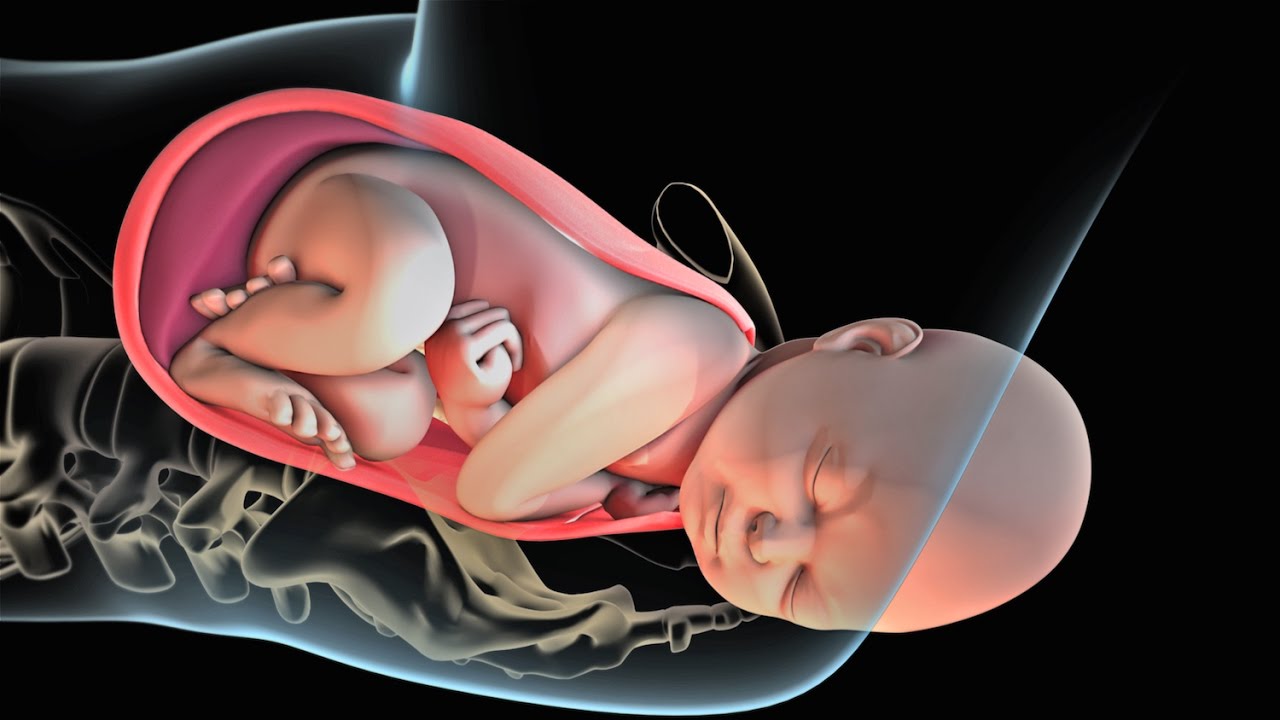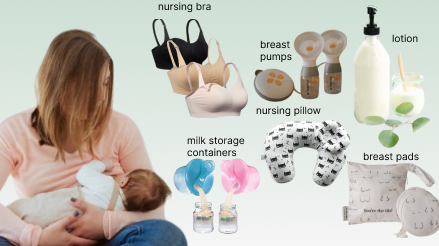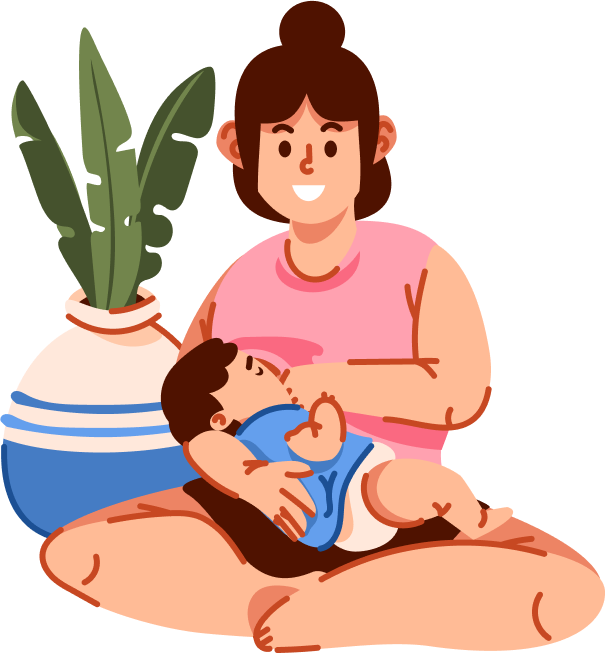You may also like…
Breast feeding is a public health issue and not just a lifestyle choice
The American Academy of Pediatrics recommends breastfeeding for the first 6 months and during this time no other source of nutrition is really necessary. Beyond 6 months to 2 years, breastfeeding should be continued with the addition of other complementary nutritious foods.
Breastmilk provides the first barrier of immunity for the mother and the baby. It is the initial barricade of antibodies that the baby used to fight infection.
Breastfeeding helps to develop a connection between a baby and its mother from a very early stage.
What does research suggest about the benefits of breastfeeding?
Research shows that breastfeeding correlates with lower rated of respiratory tract infections, severe diarrhea, ear infections and obesity. It is also associated with a lower risk of sudden infant death syndrome. Breastfeeding for about 2 years insures protection for diseases such as diabetes, high blood pressure and cancer of breast and ovaries.
What should the working woman/mom do?
Working women should use breast pumps for lactation support, this can help them delivery their milk to their baby at regular intervals during the day even if they are at work.
What are the advantages to a mother from breastfeeding her child?
The maternal benefits of breastfeeding include reduced over-excessive menstrual blood loss, reduced incidence of breast, ovarian, endometrial and thyroid cancers, reduced cases of hypertension, diabetes and rheumatoid arthritis.
How much and how often to breastfeed?
During the first few days, your baby might want to learn sucking and swallowing and this will automatically happen when it asks for feeding every 1 to 3 hours. In the first weeks and months the baby’s belly slowly grows and will keep wanting to have more quantity of milk. On average, most exclusively fed babies will want milk every 2 to 4 hours while some may want this every 4 to 5 hours, overall, your baby will feel 8 to 12 times in 24 hours. From 6 to 12 months, babies start trying semi solid food and usually breastfeeding on demand, they have their own cues for signs of hunger. Always try breastfeeding before you offer other foods. From 12 to 24 months, the number of days a toddler wants to breastfeed changes with time, some want to breastfeed only before night or in the morning. Some continue to drink breast milk as the bigger portion of their diet. Throughout this time, it is advisable that you continue to follow the baby’s cues of hunger.
(The above excerpt has been grafted with knowledge provided from CDC (Center for Disease Control and Prevention)
If you are a healthcare professional/doctor/nurse what can you do?
- Help families adopt breastfeeding practices by proactively discussing its benefits by educating yourself about breastfeeding.
- Know how to quantify proper breastfeeding practices and manage most common problems regarding breastfeeding.
- Provide help for women who wish to return to work or school while breastfeeding through breast pumps initiation.
- Advocate for and display positive media physically and digitally about breastfeeding benefits.








